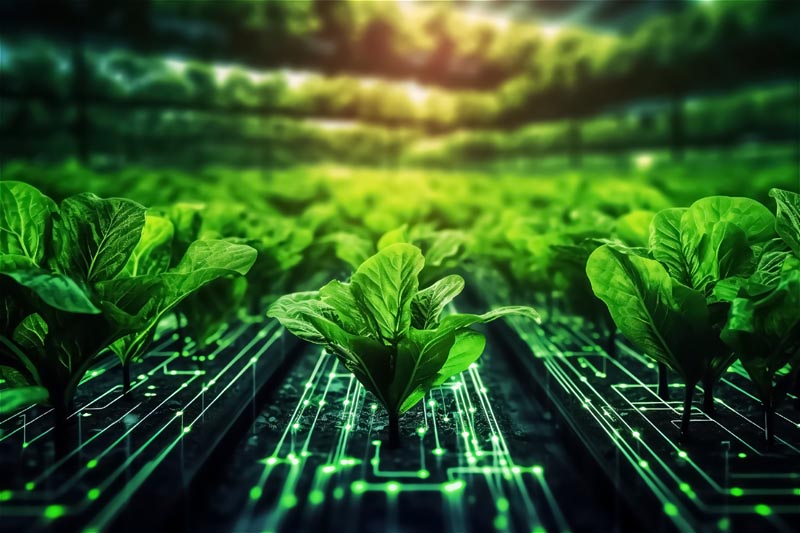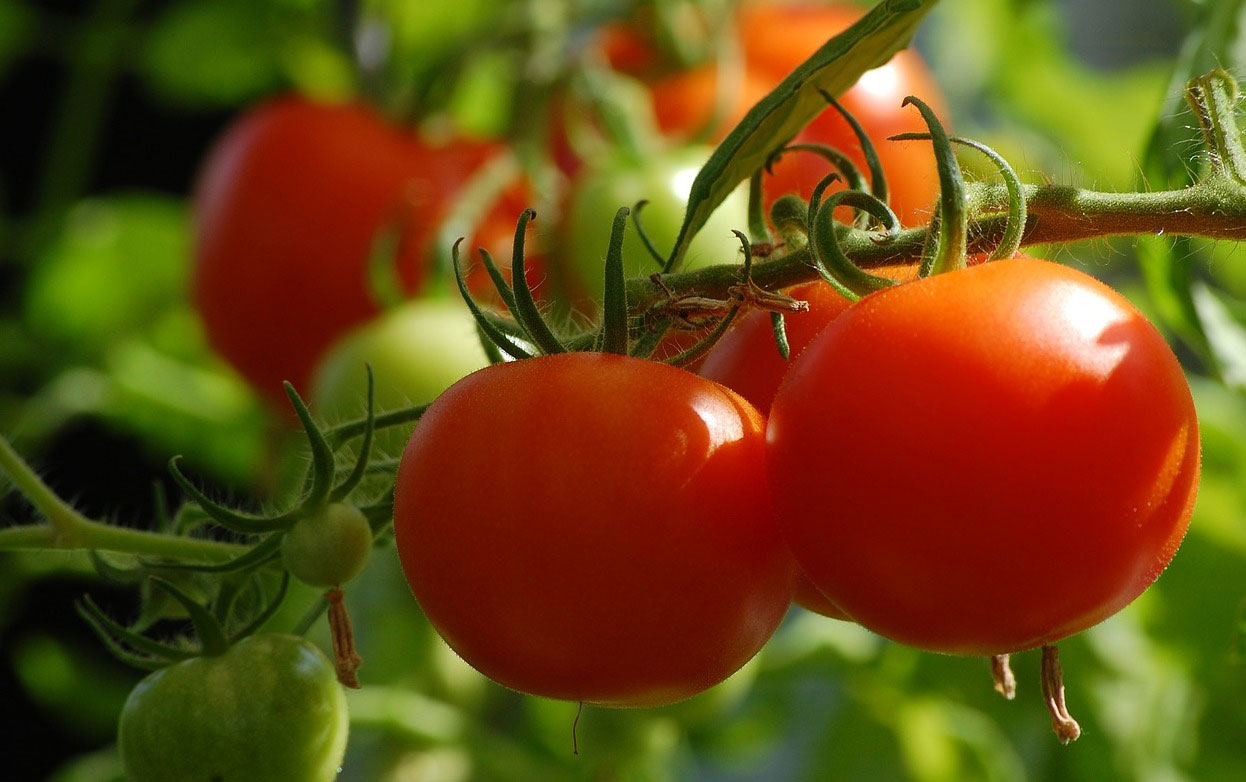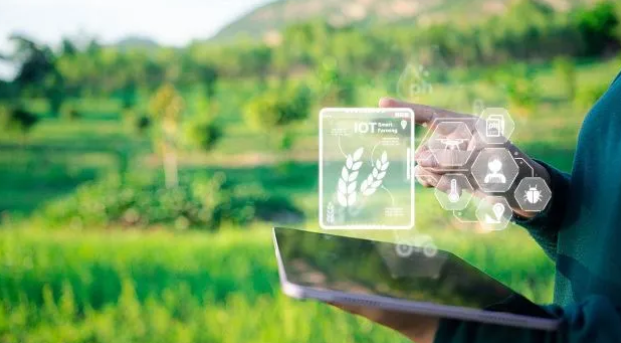“I always get the question, ‘Do I wait for the soils to warm up or not?’” he says.
“If the soil is fit and you look at the extended forecast and the weather’s going to be good out into the future, I say go for it. Very few times have I been burned when soils are fit and a bit too cool.”
What burns farmers more often is waiting for soils to warm up and then being stymied by a three-week rain delay, he says.“Then, you’re panicking, feeling like you need to do something,” he explains. This can prompt planting into marginal soils.“It burns you more times than planting into fit soils with cooler temperatures,” he says.
So What’s a Fit Soil?
One way to identify it is to form a soil ball with one hand. If the ball holds its shape and doesn’t break apart with some effort, don’t plant, says Grossnickle.If the ball breaks apart and crumbles, though, planting can commence, he says. Last fall’s delayed harvest is causing some farmers to consider applying spring anhydrous ammonia. Here again, applying anhydrous ammonia on excessively wet soils can set the stage for poor stands once planting commences. Applying anhydrous ammonia on sopping wet soils can spur uneven spreading in the soil to form concentrated anhydrous ammonia pockets. Seed burning and burned corn roots can result when farmers plant into those hot spots, he says.“You have to pay attention to the soil because mistakes will haunt you the rest of the season,” he says.
Don’t Panic About Switching Hybrids
If corn planting delays result, don’t panic about switching to hybrids with shorter relative maturities, he says.Retaining full-season hybrids helps farmers maximize yield potential, says Grossnickle. Plus, many farmers have machinery capacity to plant many acres in a short time.The decision of when to switch hybrid relative maturity differs by geography. In central Iowa, the decision to back down from a normal full-season 111- to 113-day relative maturity hybrids normally surfaces around May 20, says Grossnickle. Then, he recommends knocking it down to 109 to 110 days.“If another 10 days pass and you’re still not in the field, you may want to knock another five days off (relative maturities),” he says.
Trade-offs exist. That’s particularly true if an unproven hybrid with less yield potential that may not fit a field’s soil type is the only one available.
“If it means I am stepping down to a genetically inferior hybrid, do I take that risk of going down those three maturity days (after May 20)?” Grossnickle asks. Sticking with an original full-season hybrid may mean dealing with wetter corn in the fall, but it also retains full yield potential.“This year when margins are so tight, you can’t afford to give up yield potential,” says Grossnickle. “It may behoove you to pay more in drying than to switch to a hybrid that will not perform (as well as the original one).”
Plant Treated Soybean Seed
Farmers who have never used a soybean fungicide seed treatment may want to reconsider this spring, says Grossnickle. Phomopsis infested a share of soybeans last year, and the inoculum may carry into this year’s seed lots. “We are starting out behind the 8-ball this year,” he says. Planting fungicide-treated soybean seed – particularly on seed with lower-than-normal germination – is a way to ensure adequate stand potential, he says.Cool and wet spring soils can prompt the soilborne fungus Fusarium solani to infect roots as early as one week after soybean emergence. These infections that key Fusarium root rot can produce the toxins that key the hallmark Sudden Death Syndrome (SDS) symptoms of chlorotic and crinkled leaves in August.
No soybean variety resists SDS, but some varieties are better than others at tolerating SDS, says Grossnickle. Seed treatments like Ilevo can also help soybean farmers supplement SDS management on top of SDS-tolerant varieties.
Manage Weeds
A preemergence residual herbicide is essential to getting a crop off to a good start. However, this spring’s compressed schedule may pressure farmers to first plant corn and then worry about weeds. One perk corn has is that corn herbicides have flexibility. For example, Acuron can be applied before corn reaches a 12-inch height. If grass is a problem, the label states that a grass herbicide tank mix may be required. Corvus is another corn herbicide that can be applied in a tank mixture with atrazine from the corn spiking stage through the 2-leaf collar growth stage.
Soybean herbicides, unfortunately, aren’t as flexible, says Grossnickle. With soybeans, a preemergence residual herbicide is vital.
“You cannot get ahead (planting) of your sprayer on soybean acres,” he says. “Plant a field, spray a field.” If soybeans are planted and three weeks of rainy weather follow – with no preemergence residual herbicide down – it places excessive pressure on postemergence herbicides in herbicide-tolerant systems like glyphosate, glufosinate, 2,4-D, or dicamba to control weeds. “When there is too much pressure put on post products, we will find that unique weed that resists those programs,” he adds.
Watch for Disease
If growing season weather remains wet, disease may be rampant. Gray leaf spot (GLS) in corn was common last year. Meanwhile, a new disease – tar spot – surfaced in states like Iowa, Indiana, Wisconsin, and Illinois. “There is an issue where tillage was not done (last fall) to bury disease inoculum,” says Grossnickle. This is particularly the case in no-till, when tillage doesn’t bury inoculum. Newly planted crops join inoculum to provide the second peg of the three-legged stool for disease. The missing link of the disease triangle – environment – can join inoculum and host to result in disease outbreaks.“So, it’s setting up to where we could have an issue with the right environment,” says Grossnickle.
Ohio State University plant pathologists find high disease severity is more frequent from low areas and river-bottom fields where periods of leaf wetness and high relative humidity favor disease development.
“With GLS in corn, look for hybrids with good disease ratings,” Grossnickle says. Syngenta models for central Iowa show that with an environment conducive to GLS, a susceptible hybrid has a 94% chance of developing GLS. With a moderately resistant hybrid, the chances of a GLS outbreak dip to 14%, he says.Thus, he advises corn farmers planting a susceptible GLS hybrid to scout and be prepared to apply a fungicide. In soybeans, frogeye leaf spot infested a number of fields in central Iowa in 2018. Unfortunately, frogeye leaf spot that resists strobilurin fungicides is also surfacing.
He adds that many fungicides contain both strobilurin and triazole active ingredients. “If you have strobilurin-resistant frogeye, the triazole will help, but as far as giving preventive treatment, the strobilurin (component) will not do it,” he says. One option is to apply a fungicide that contains multiple active ingredients including one with SDHI chemistry, such as Trivapro, he says.
Source - https://www.agriculture.com













